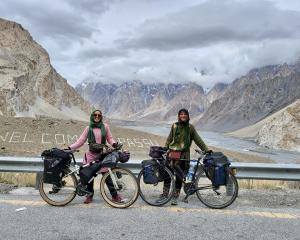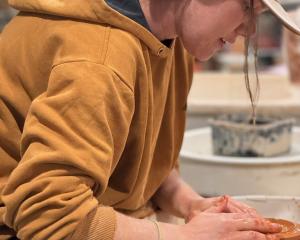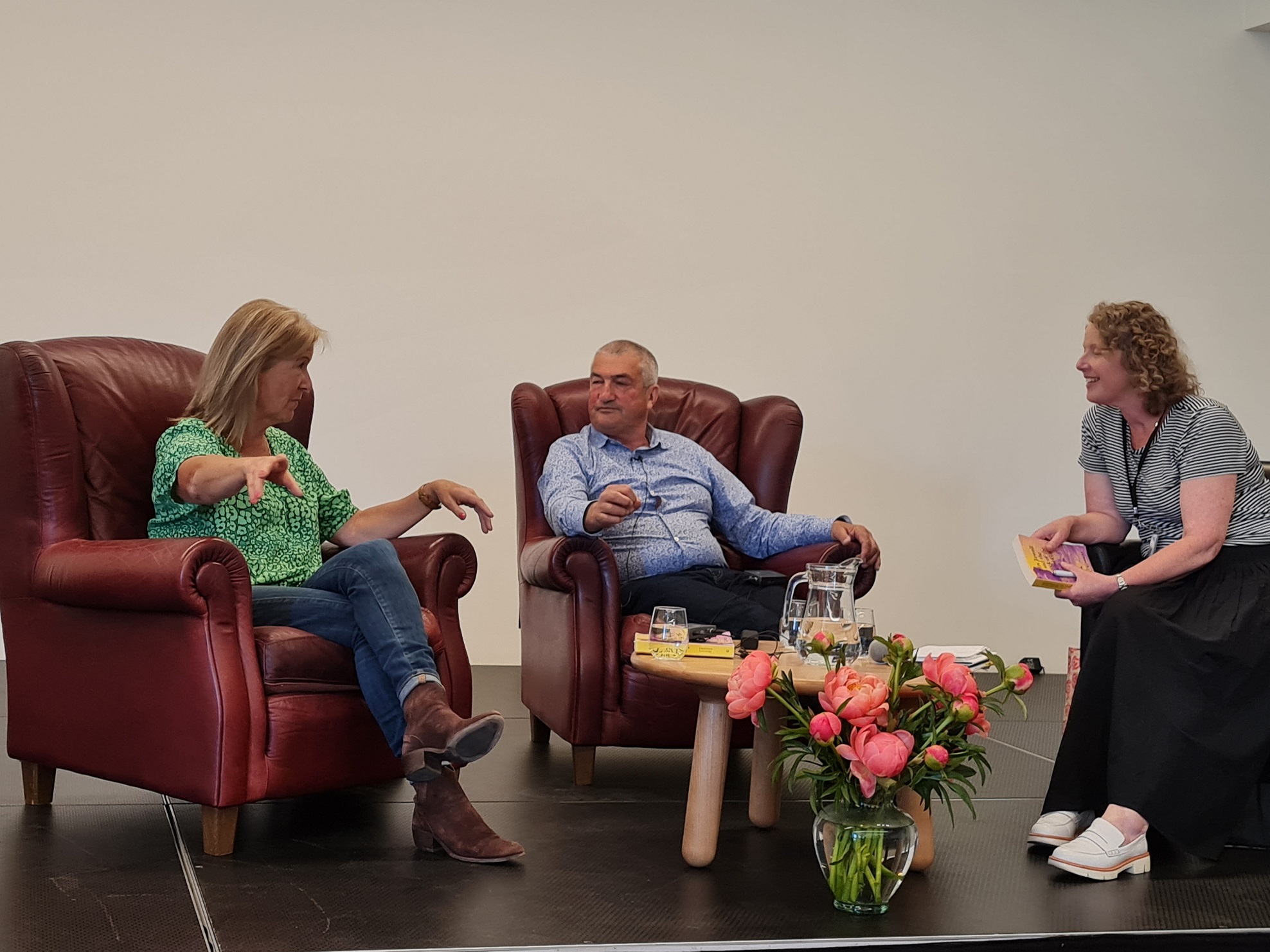
Cristina Sanders is a keen tall ship sailor, a trail runner and an award-winning writer.
She lives in the Hawke’s Bay and recently published her new historical fiction book, Mrs Jewell and the Wreck of the General Grant.
Bill Day, of Wānaka, owns Seaworks, a shipping and salvage company with 150 employees and 18 ships and is chairman of Wānaka Land Search and Rescue.
For nearly four decades, he has been searching unsuccessfully for the wreck of the gold-laden General Grant at the Auckland Islands. His fifth expedition was in early 2022.
"I really did think he would find it," Sanders laments during their conversation at the recent Queenstown Writers Festival.
When she first heard about Day, "I thought he would just be some pirate".
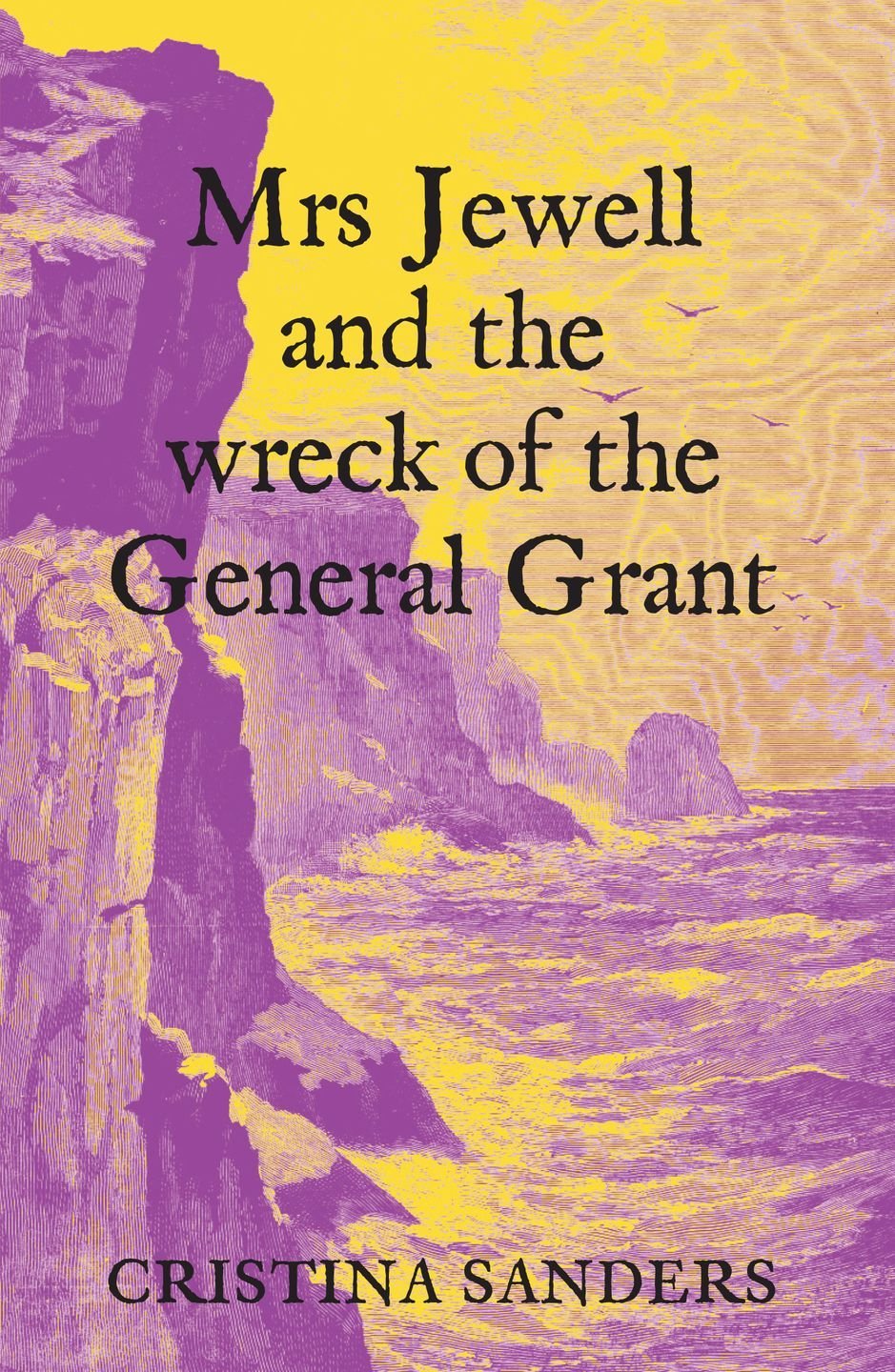
Day appreciated the Champagne and thought she had produced a great book.
"One thing you don’t realise is when you [are] a treasure hunter you get every nutter in the world contacting you."
But, he added: "You understood that."
He took her draft and passed it around his crew.
"We read it on dark and stormy nights. It was an incredible privilege," he said.
As soon as he read the book, he realised he had serious competition for the title of General Grant expert.
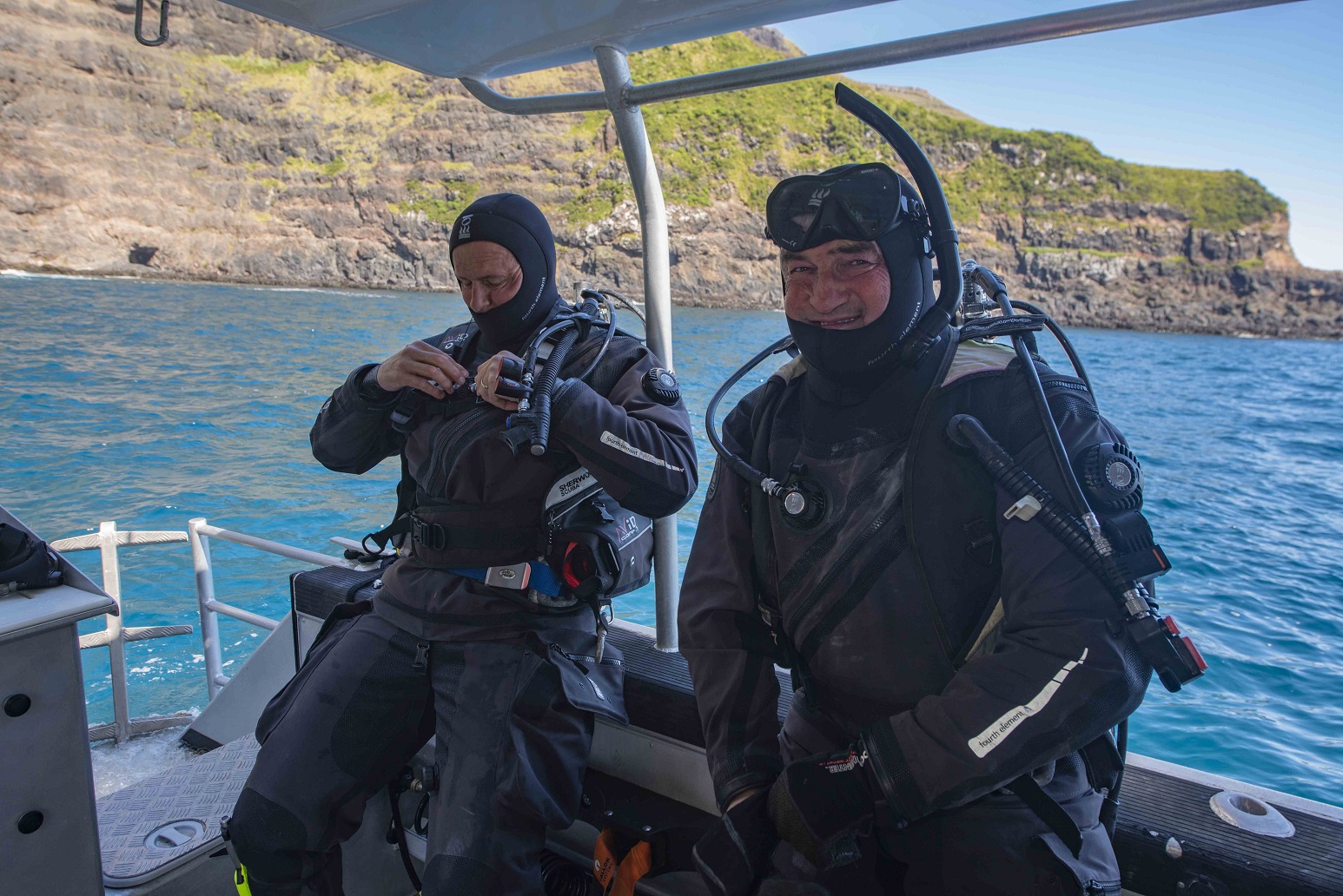
"I am trying to figure out where it is and I have views on that and Cristina is looking at it from the psychology of the people. Those different views leads to different opinions on the location," Day said.
It is an alluring mystery. Where exactly did the ship founder? How much gold was on board?
The General Grant was a United States-made, three-masted sailing boat. It sank at the Auckland Islands in 1866, en route from Melbourne to London with 70 passengers and 2657 ounces (73kg) of gold in the captain’s cabin. Just 15 people survived.
There are legends about the gold. In those days, people wore sovereigns in waist belts or sewed nuggets into hems to avoid taxes.
Was gold also inside the mail packages in the captain’s cabin? Was the ballast also gold? Was an extra consignment of gold transferred from another ship just before the General Grant set sail?
Day thinks the ship was significantly over-insured if it was just carrying the recorded 73kg of gold.
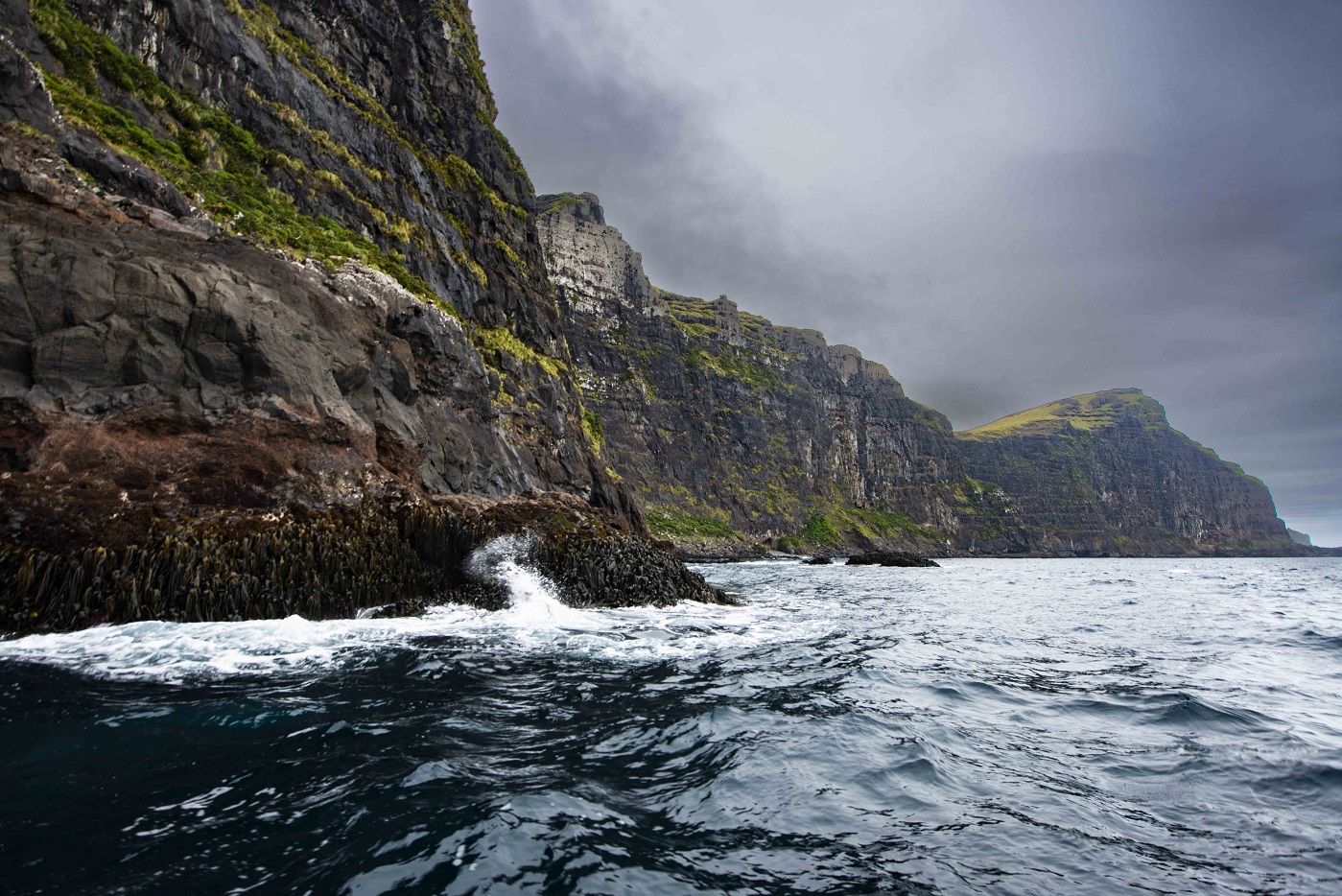
"We know it is on the west coast [of the islands] but it is not any place you can get a ship over, so I don’t think she is coming out."
Not finding the wreck is something Sanders finds "very sad".
She likes to imagine it is "somewhere where it should not be" and suggests it could be found randomly, perhaps triggered by a conservation worker finding something off the ship.
Perhaps the survivors just said they were wrecked on the west coast of the islands?
Day, however, doesn’t buy that. He’s "reasonably confident" he knows exactly where, and it’s on the west coast, but unless new technology was invented, he could never be sure.
He does agree the 15 castaways had 14 months to get their story straight about the gold. And he reckons some survivors had every reason to tell lies.
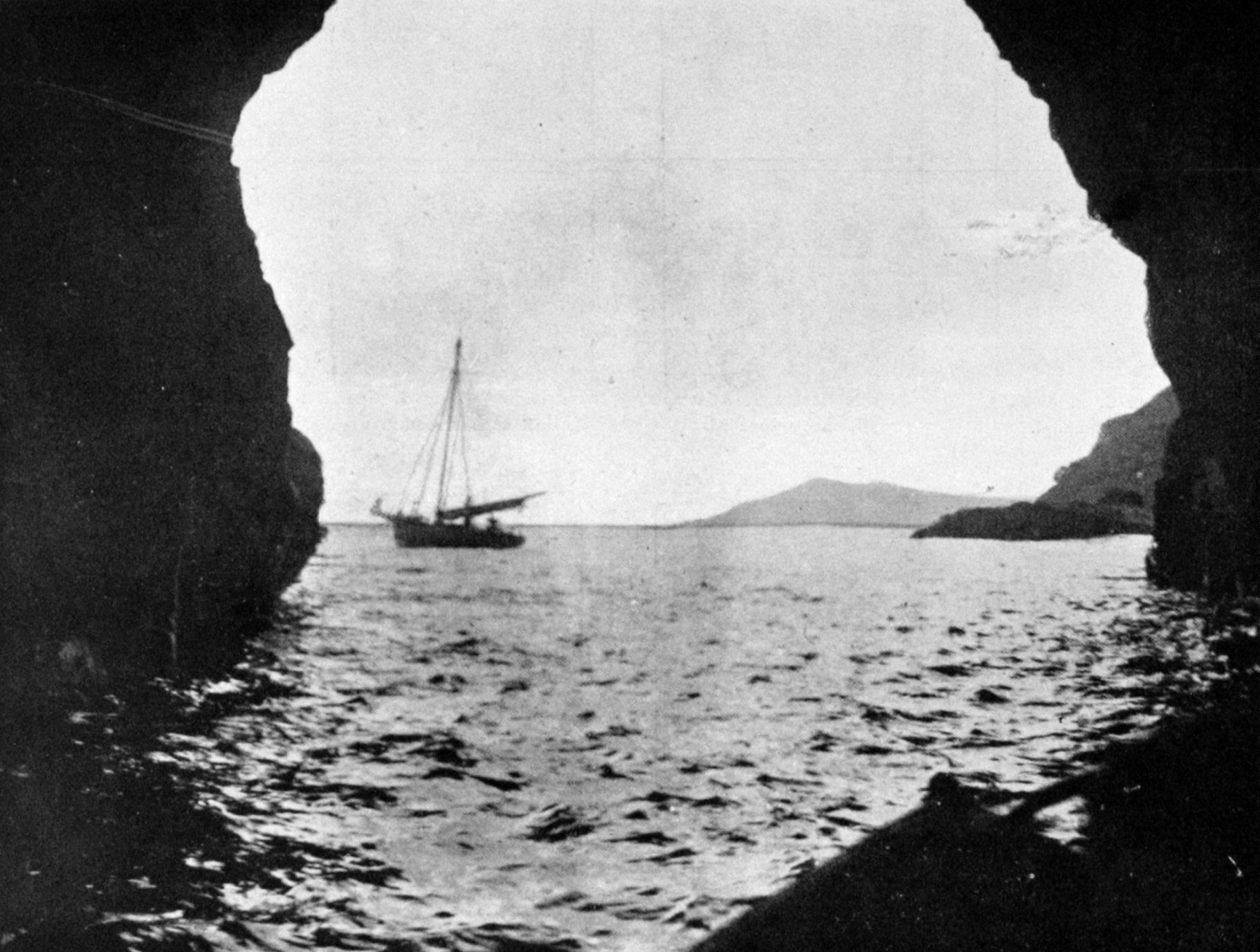
Just one woman survived. Mary Ann Jewell, 22, was an English maid and returning to England from Melbourne with her new husband, 31-year-old Joseph Jewell, a sailor and miner.
Sanders was crewing on the replica of Captain James Cook’s Endeavour when she first heard the legend of the General Grant.
"I thought of Mrs Jewell, a Victorian woman, being stuck on an island for 14 months and thought it was irresistible. I raced home, began my research and got cracking," she said.
She researched the Victorian era, shipwrecks and colonial history. She read books by Victorian women, especially George Eliot (aka Mary Ann Evans) who wrote about other women. And she looked up obscure medical journals for comments doctors made about women.
"The only thing they said about Mrs Jewell in the testimonies was "Mrs Jewell was the wife of Mr Jewell".
"I didn’t want her to be a milksop and I also didn’t want her to be gung-ho. She was a woman. She would have been taught to be modest.
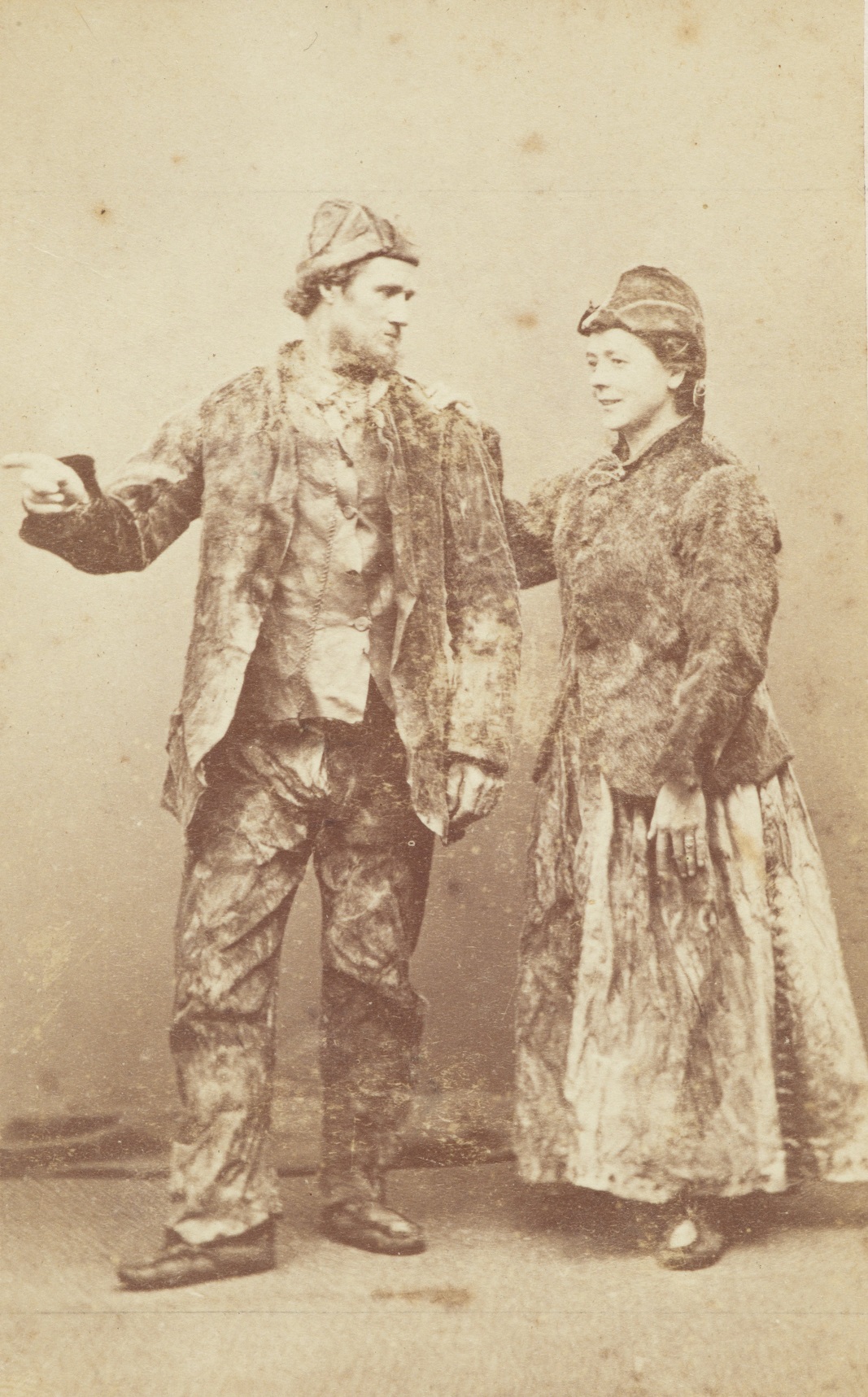
The Auckland Islands were — and still are — bleak. Mrs Jewell’s survival would have been dependent on men helping her and respecting her.
"We don’t know if she was raped ... but there were several indications that there was someone on the island harassing her," Sanders said.
Day relates the awfulness of being on or in the water on the west coast of the Auckland Islands.
The depth of the dive — about 20m — is not the challenge. It’s the conditions, the swells, the wind and the cold.
"I have dived every cave along the most dramatic coast you can ever imagine — exposed, hour after hour, five metres off the cliffs, searching, dragging a magnetometer, searching for metals, diving every day ... It is cold, miserable. That’s the guts of it. If it was easy, everyone would be doing it."
The audience grill the pair on what’s true and what’s not.
Who was the baddie?
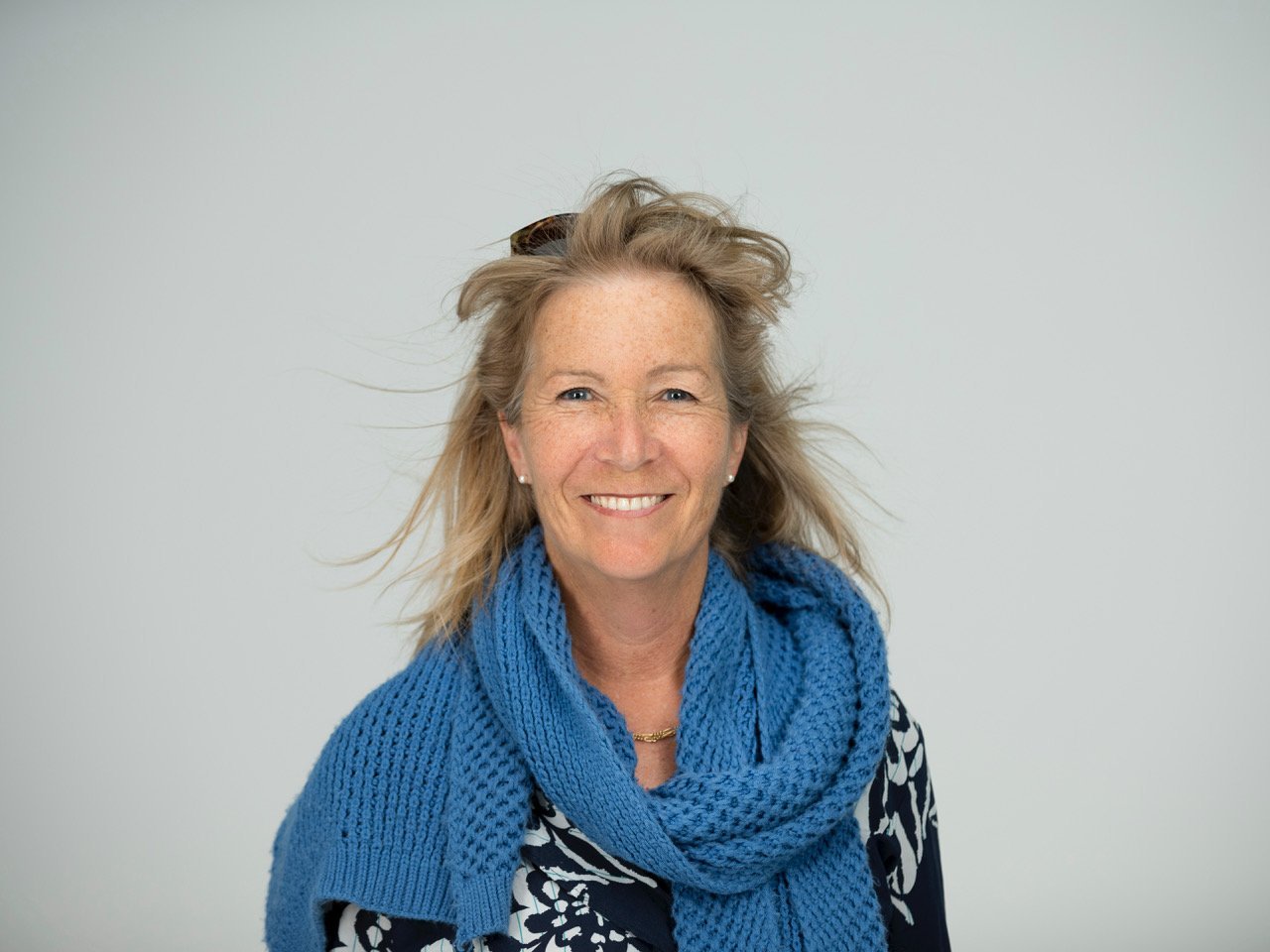
Who was the hero? Both agree it had to be burly Irish miner James Teer, a ship passenger, who was praised on record by the survivors went they got back to New Zealand.
And what about Mr Jewell?
Sanders said she drew him as suffering from post traumatic syndrome — something Victorians would not have understood back then — because there would have to have been psychological damage.
For the record, the Jewells both got back to safety. Sanders has talked to their descendants. Mr Jewell died in his early 40s. Mrs Jewell became the toast of small hall talk shows throughout Australia.
Audience questions return to gold.
Day bandies a value of about $20 million in today’s terms.
He would be "reasonably confident" the General Grant would be finders keepers, if ever found.










